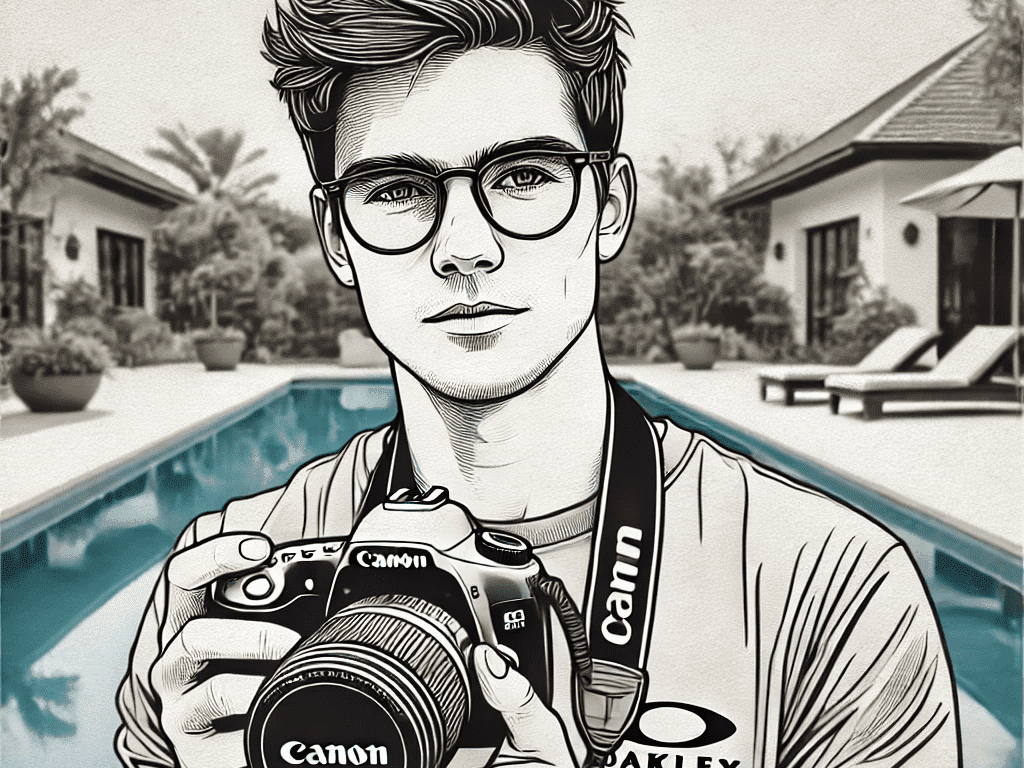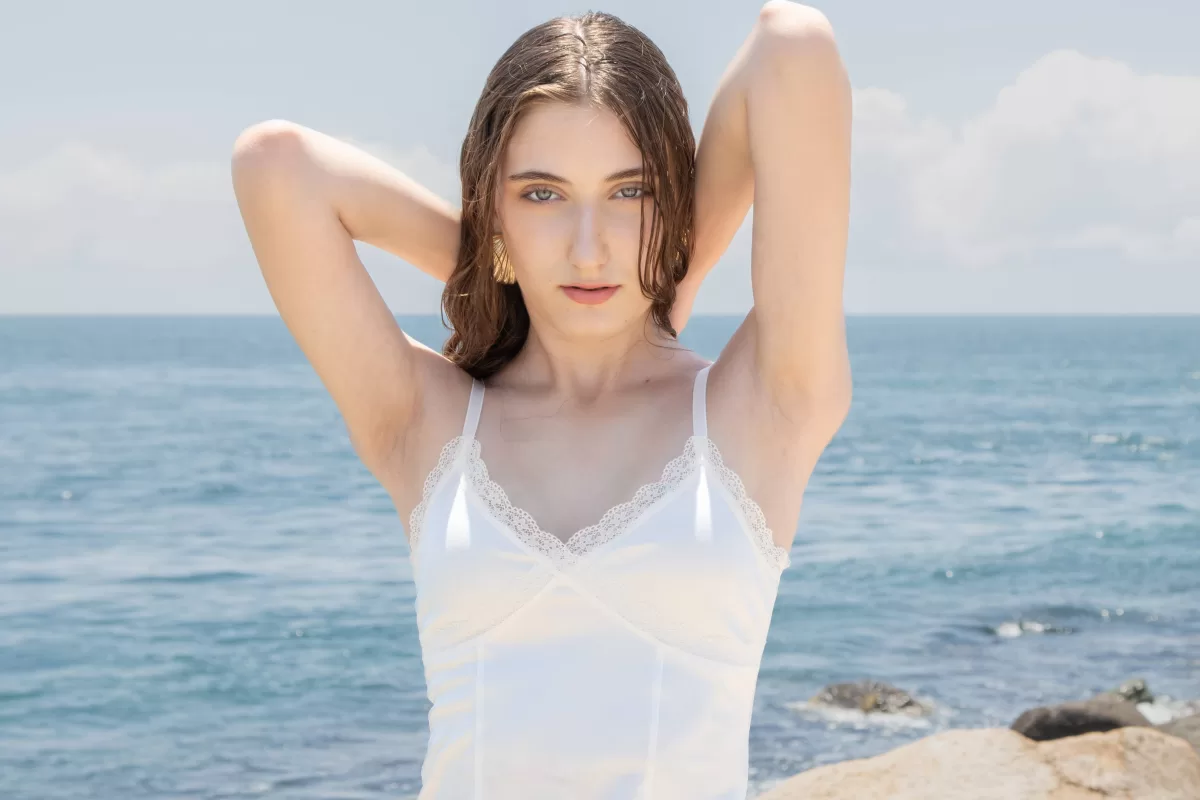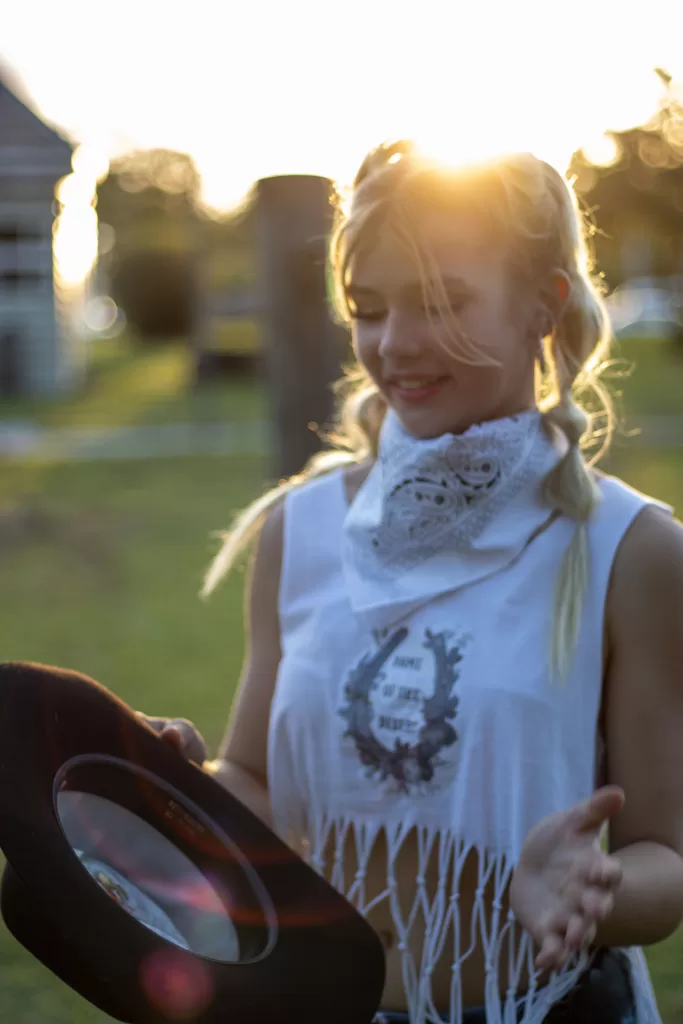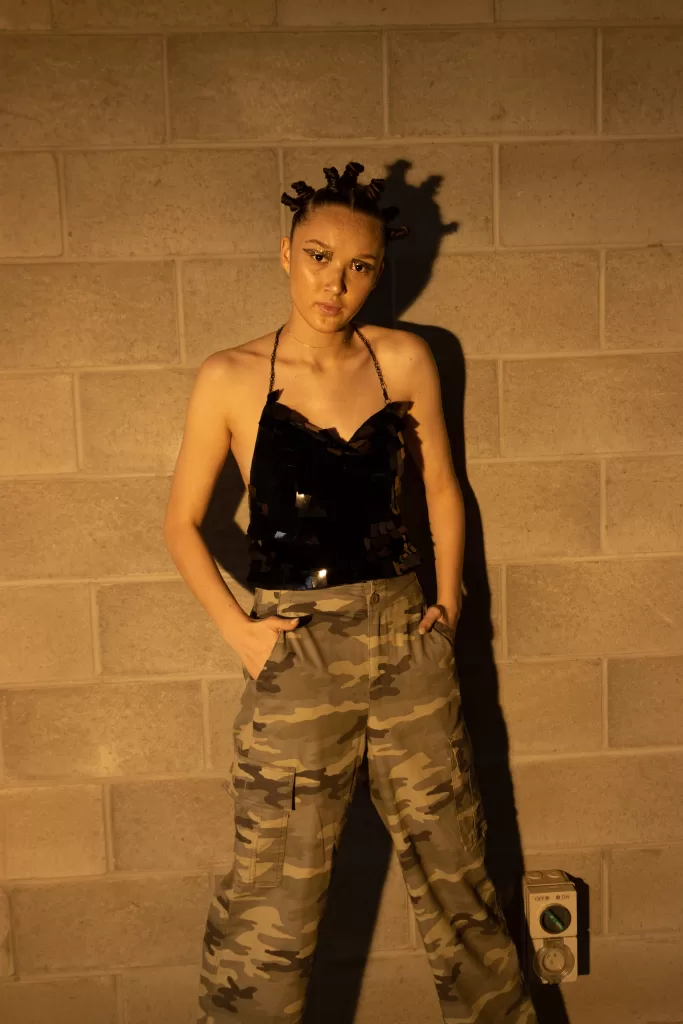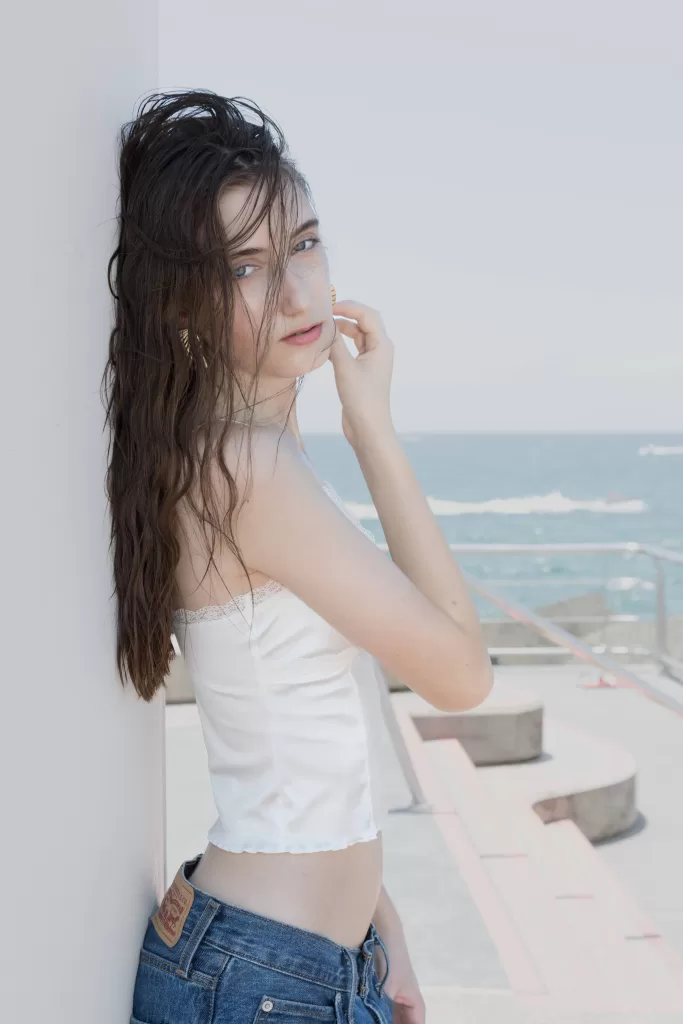At Matthew Cornell Photography, we understand the unique challenges fashion brands face regarding SEO.
In the competitive fashion world, having a strong online presence is crucial.
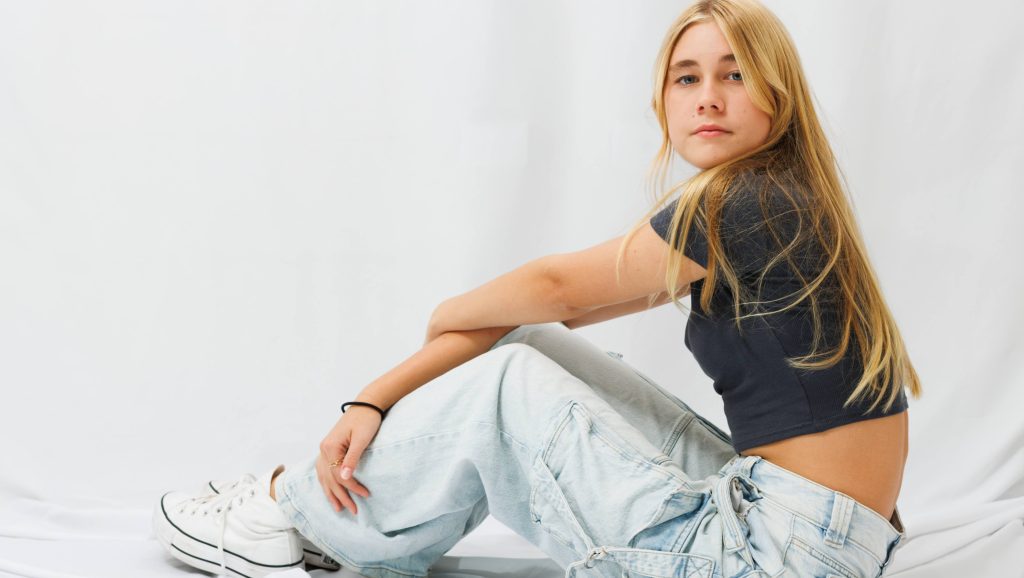
Our comprehensive approach is designed to help you navigate the complexities of search engine optimisation, ensuring your brand stands out in search results, attracts the right audience, and drives meaningful engagement.
Whether you’re a budding designer or an established brand, our SEO strategies are tailored to meet the specific needs of the fashion industry.
Understanding SEO for the Fashion Industry
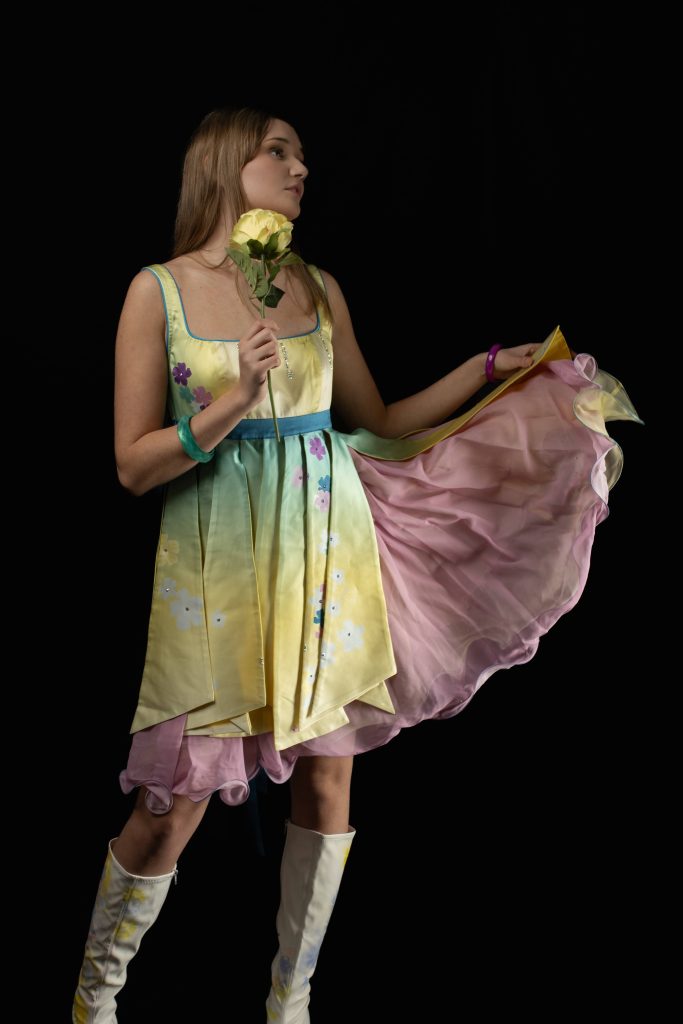
SEO, or Search Engine Optimisation for the fashion sector, entails refining your website and content to secure higher rankings than competitors on Search Engine Results Pages (SERPs) for pertinent keywords.
These keywords represent the phrases everyday individuals input into search engines like Google or Bing while seeking products akin to yours.
Consider what words your target customers might employ when searching for products you offer.
For instance, for apparel labels, these words might encompass “fashion brands,” “Brisbane designer clothing” or “latest fashion trends“.
You aim to ensure your visibility at precisely the right moment.
The Role of the Search Engine Funnel
Rarely does a consumer embark on a search, discover a “fashion label” or “clothing designer,” instantly trust the brand implicitly, and proceed to purchase.
This is where the marketing funnel, or more specifically, the search engine funnel, plays a pivotal role.
Awareness Stage: Information Gathering and Research
At the top of the funnel lies the awareness stage, where potential customers initiate their journey by seeking information and conducting research. This phase is crucial for fashion brands to establish their presence and attract relevant audiences.
During this stage, consumers may search for broad terms such as “latest fashion trends“, “local fashion designers,” or “popular clothing brands.” As a fashion business, optimising your content to align with these search queries is essential.
This includes creating informative blog posts, trend guides, and industry insights that address the informational needs of users.
Visual content plays a significant role in capturing attention during the awareness stage.
Utilise visually appealing imagery, videos, and infographics to showcase your brand’s style, aesthetics, and unique selling propositions.
By providing valuable and engaging content, you can position your brand as a trusted resource in the fashion space, attracting potential customers at the outset of their journey.

Consideration Stage: Building Trust and Engagement
As consumers progress through the search engine funnel, they enter the consideration stage, where they evaluate different options and narrow down their choices. This phase is characterised by deeper engagement and interaction with your brand’s content and offerings.
For fashion brands, the consideration stage presents an opportunity to build trust and credibility. Showcase your brand’s authenticity, values, and customer-centric approach through compelling storytelling and personalised experiences. Share customer testimonials, success stories, and user-generated content to demonstrate social proof and reinforce brand trust.
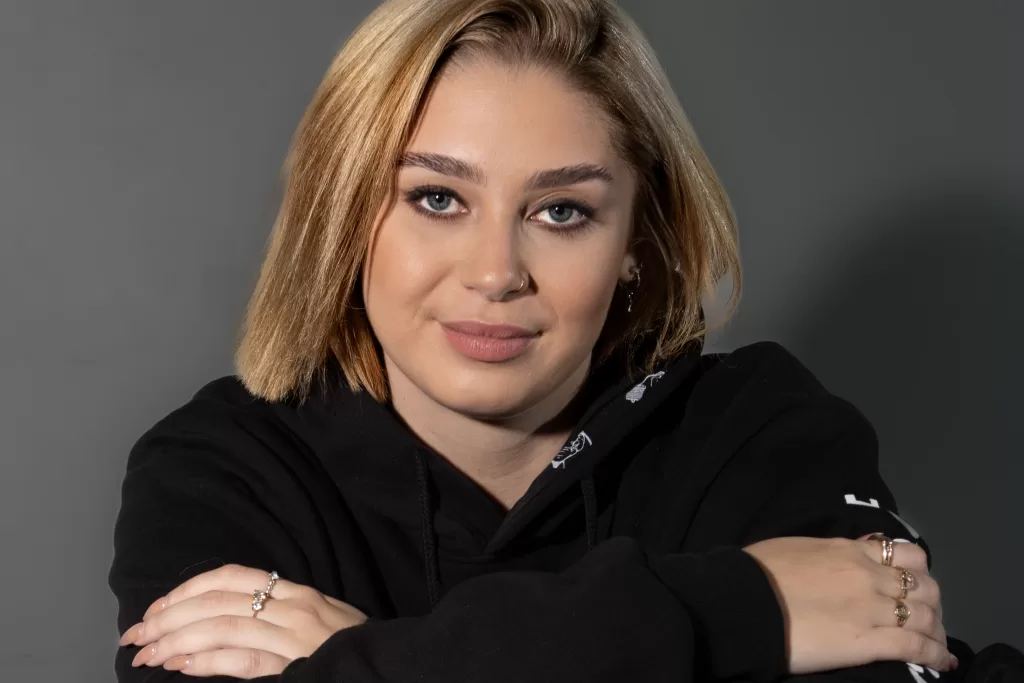
Interactive elements such as style quizzes, virtual try-on experiences, and personalised recommendations can enhance engagement and facilitate decision-making for potential customers. By providing valuable insights, product comparisons, and transparent pricing information, you empower consumers to make informed choices and move closer to conversion.
Decision Stage: Conversion and Purchase Intent
The final stage of the search engine funnel is the decision stage, where consumers are ready to make a purchase decision. At this stage, fashion brands must optimise their online presence to facilitate seamless conversions and capitalise on purchase intent.
Clear and intuitive calls-to-action (CTAs) guide users towards desired actions, whether it is making a purchase, signing up for newsletters, or scheduling appointments.
Implementing conversion-focused elements such as limited-time offers, exclusive discounts, and free shipping incentives can incentivise users to take the next step.

Streamline the checkout process to make it easy for customers to navigate and purchase and enhance the user experience. Provide multiple payment options, ensure secure transaction protocols, and transparent return policies to instil confidence and trust in your potential buyers.
Additionally, leverage retargeting strategies to re-engage users who have shown interest but haven’t completed a purchase. Utilise data-driven insights to deliver personalised recommendations, abandoned cart reminders, and targeted promotions, keeping your brand top-of-mind and encouraging conversion.
Nurturing Customer Relationships: Post-Purchase Engagement
The search engine funnel doesn’t end with a successful conversion. Post-purchase engagement and relationship building are critical for fostering customer loyalty, repeat business, and advocacy.

Deliver exceptional post-purchase experiences through personalised thank-you messages, order confirmations, and shipping notifications. Solicit feedback, reviews, and testimonials from satisfied customers to showcase social proof and encourage brand advocacy.
Implement loyalty programs, rewards initiatives, and exclusive perks for returning customers to incentivise repeat purchases and foster long-term relationships. Leverage email marketing, social media engagement, and targeted promotions to stay connected with your audience, share relevant content, and nurture ongoing engagement.
Addressing Visual Challenges in SEO
One challenge encountered by many fashion businesses is the predominantly visual nature of their website content. While visually appealing images are integral to the industry, search engines often struggle to accurately identify the main subjects of these images, impacting their recommendation accuracy during user searches.
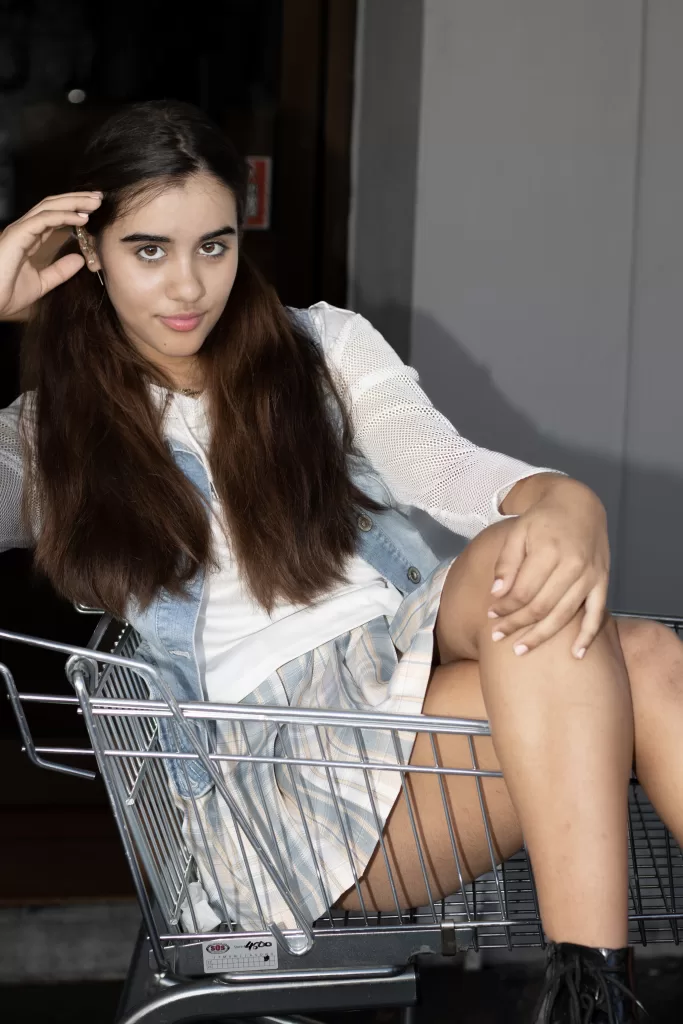
Hence, as fashion businesses and brands, it’s imperative to enhance the search engine’s understanding of our content. This necessitates concerted efforts in search engine optimisation (SEO), with a focus on organic traffic rather than relying solely on paid search. Organic traffic ensures sustained visibility, unlike paid methods that cease once the payments stop.
Key Aspects of SEO in the Fashion Industry
- Keyword Optimisation: Begin by identifying keywords your target audience uses when searching for fashion-related products and services. These keywords should be seamlessly integrated into your website content, meta descriptions, and image alt text, avoiding overuse (keyword stuffing) for natural readability.
- Content Quality: Provide valuable and engaging content on your website, especially through a blog section. Share insights into your brand, customer stories, upcoming releases, styling tips, and more. This not only attracts search engine attention but also engages and retains visitors.
- Image Optimisation: High-quality images are crucial for a fashion website’s appeal. Ensure images are relevant and incorporate keywords in file names and alt text to enhance search engine understanding and visibility.
- Mobile Optimisation: Given the rise in mobile users, optimise your website for mobile devices to improve user experience and search engine rankings.
- Social Media Integration: Leverage social media platforms to promote your content, engage with followers, and build backlinks to your website. Encourage sharing, run contests, and collaborate with influencers to expand your reach.
- Local SEO for Fashion Boutiques: If applicable, optimise for local search by utilising Google My Business, incorporating local keywords, and participating in local events to attract nearby customers.
- User-Friendly Website: Prioritise a user-friendly interface, swift page loading, clear navigation, and standout calls-to-action (CTAs) to enhance engagement and conversions.
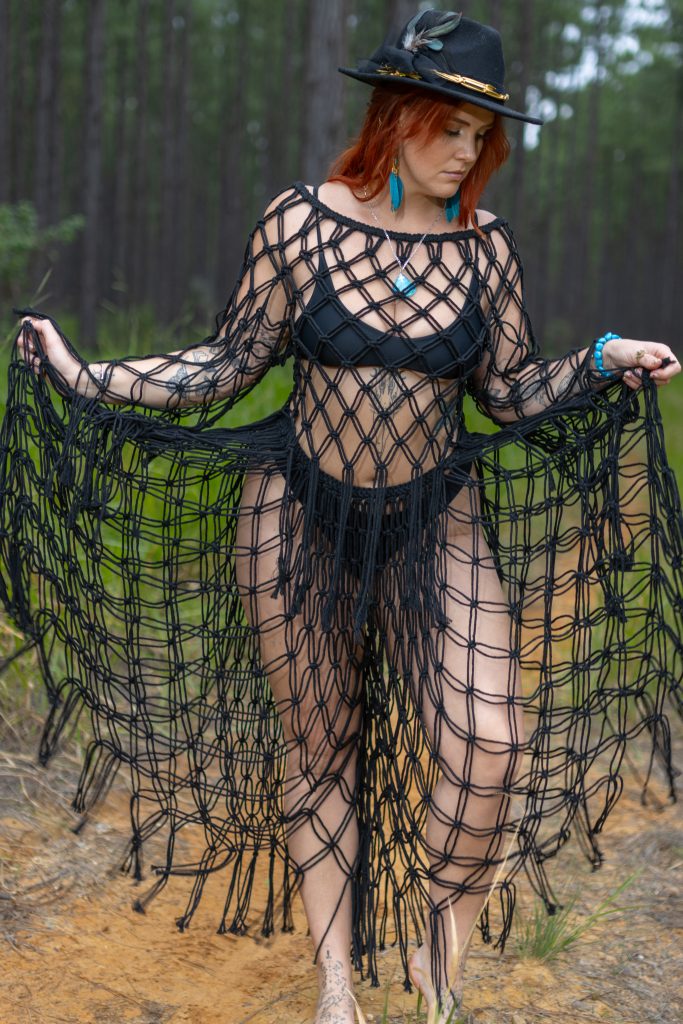
Tools and Insights
Utilise tools like Seoptimer to analyse competitors’ SEO strategies and gain valuable insights. Understand that successful SEO is an ongoing endeavour that requires monitoring, analysis, and adaptation to evolving trends and algorithms.
By implementing these comprehensive SEO strategies tailored to the fashion industry, you can significantly enhance your online visibility, engage your target audience, and drive sustained organic traffic to your fashion website.
How SEO Influences Fashion Brands
Fashion brands are uniquely positioned to leverage the power of SEO to drive their online presence and boost sales. Let’s delve deeper into how various SEO strategies impact different aspects of fashion businesses:
Keyword Optimisation and Brand Identity
Keywords play a crucial role in shaping a fashion brand’s online identity. By identifying and incorporating relevant keywords into website content, meta tags, and image descriptions, fashion brands can align their online presence with what their target audience is searching for.
For example, a luxury fashion brand targeting affluent consumers may focus on keywords like “high-end fashion,” “luxury clothing,” and “designer apparel.” On the other hand, a sustainable fashion brand may prioritise keywords such as “eco-friendly fashion,” “sustainable clothing,” and “ethical fashion brands.”
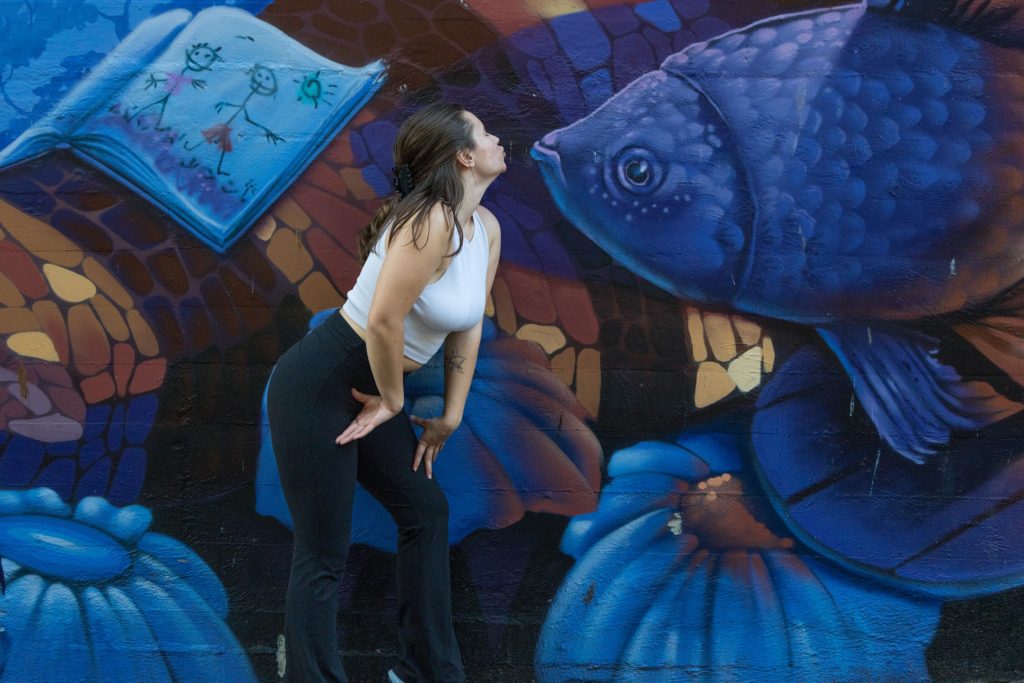
Content Marketing and Engagement
Compelling content is the cornerstone of successful SEO for fashion brands. From informative blog posts and trend guides to visually stunning lookbooks and product showcases, content marketing allows fashion brands to engage with their audience, build brand loyalty, and drive organic traffic to their website.
Moreover, integrating storytelling elements into content can create emotional connections with customers, fostering brand advocacy and word-of-mouth referrals. For instance, sharing behind-the-scenes stories about the design process, ethical manufacturing practices, or collaborations with influencers can humanise the brand and resonate with consumers.
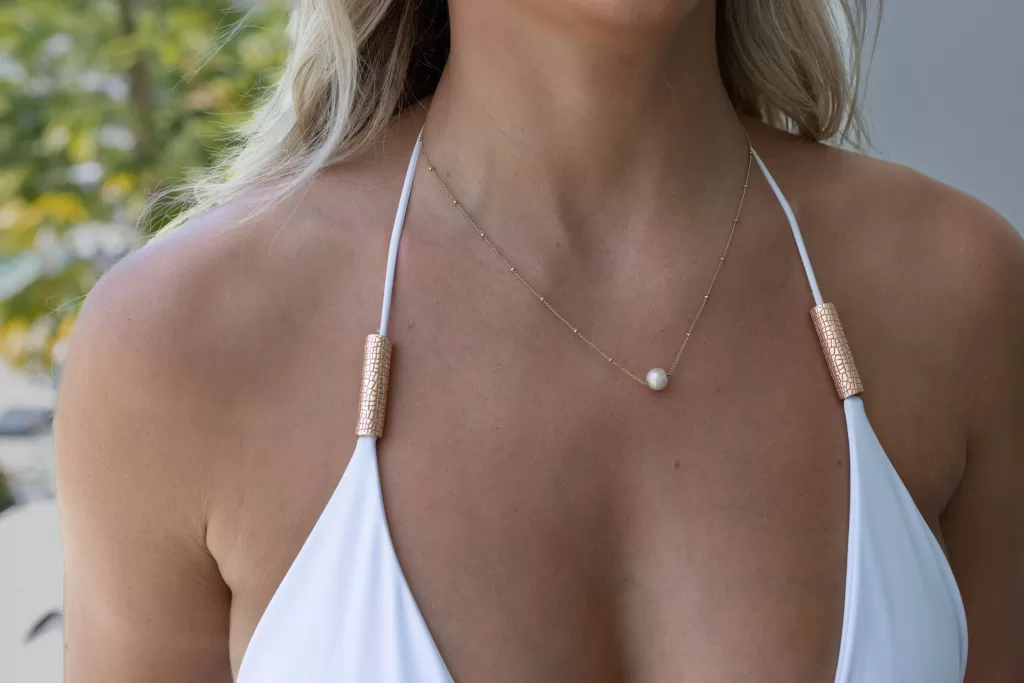
Visual SEO and Image Optimisation
Visuals are paramount in the fashion industry, and optimising images for search engines is crucial for visibility. Fashion brands should pay attention to image alt text, file names, and descriptive captions to ensure that search engines can index and rank visual content effectively.
Furthermore, leveraging image-based platforms like Pinterest and Instagram can amplify a fashion brand’s visibility and drive traffic back to the website. By using relevant hashtags, creating shareable content, and encouraging user-generated content, fashion brands can enhance their visual SEO strategy and expand their reach.
E-commerce SEO and Conversion Optimisation
For fashion brands with e-commerce capabilities, optimising product pages for search engines is essential for driving conversions. This includes optimising product titles, descriptions, and metadata, as well as implementing structured data markup for rich snippets in search results.
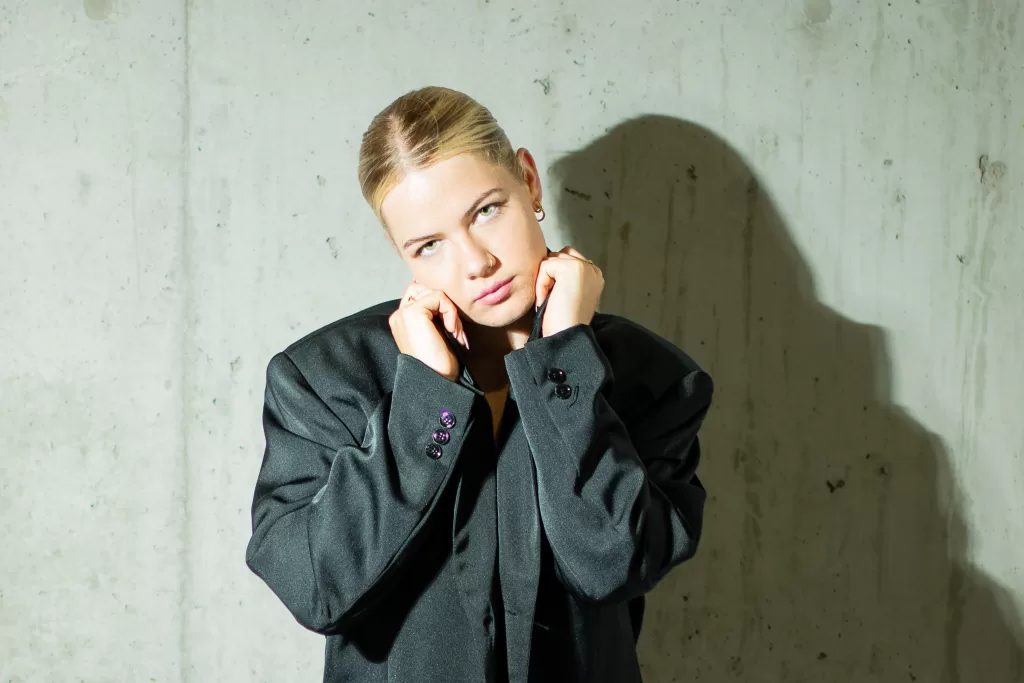
Additionally, enhancing the user experience through intuitive navigation, clear calls-to-action, and seamless checkout processes can improve conversion rates and customer retention. Leveraging customer reviews, product ratings, and social proof can also instil trust and credibility, encouraging visitors to make purchases.
Social Media Integration and Brand Visibility
Social media platforms serve as valuable channels for fashion brands to amplify their SEO efforts and enhance brand visibility. By sharing curated content, engaging with followers, and fostering community interactions, fashion brands can boost social signals that positively impact search engine rankings.
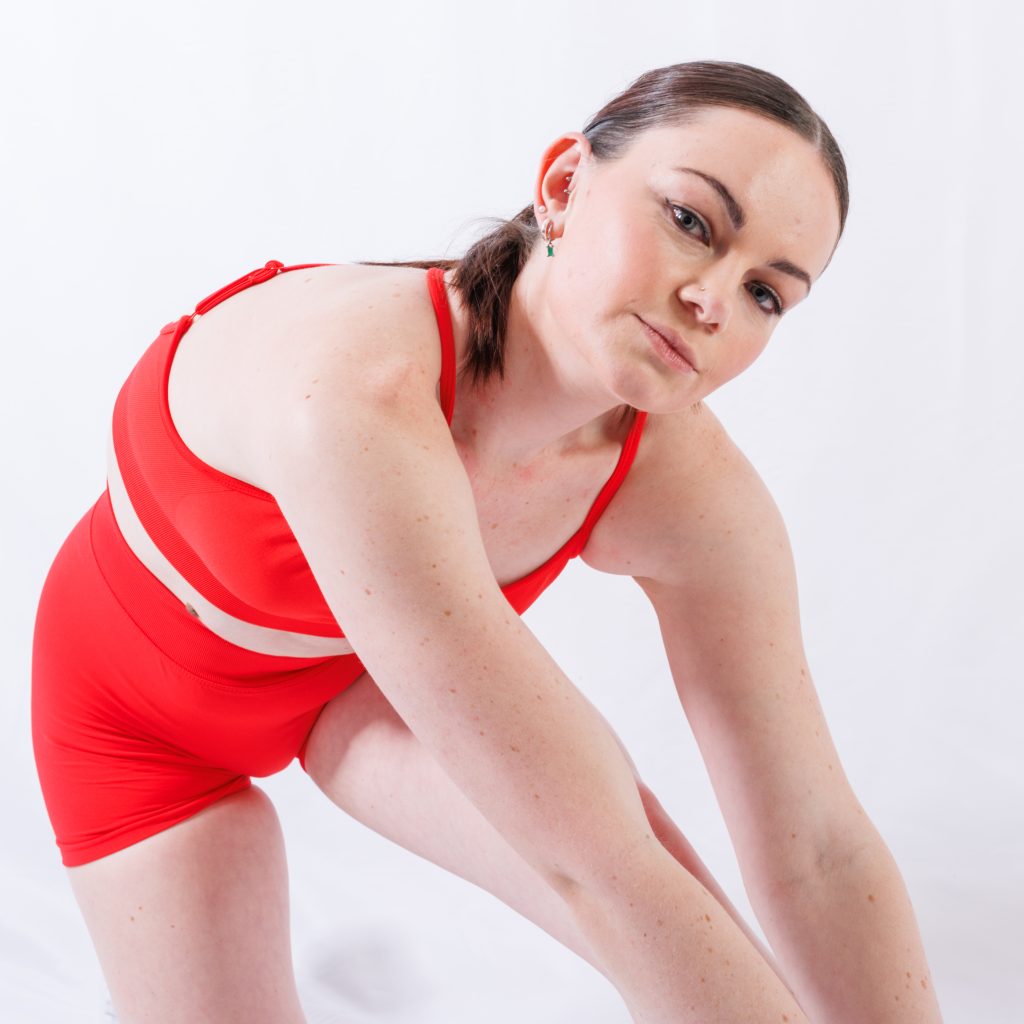
Collaborating with influencers, running social media campaigns, and leveraging user-generated content can further extend a fashion brand’s reach and attract new audiences. Moreover, integrating social sharing buttons on product pages and blog posts encourages social sharing, driving referral traffic and brand advocacy.
Local SEO and Brick-and-Mortar Presence
For fashion brands with physical stores or local presence, optimising for local search is crucial for attracting nearby customers. This includes optimising Google My Business listings, local citations, and geo-targeted keywords to improve visibility in local search results.
Moreover, leveraging location-based marketing strategies such as geo-targeted ads, local promotions, and in-store events can drive foot traffic to brick-and-mortar locations. Providing accurate store information, including address, contact details, and business hours, enhances user experience and encourages store visits.
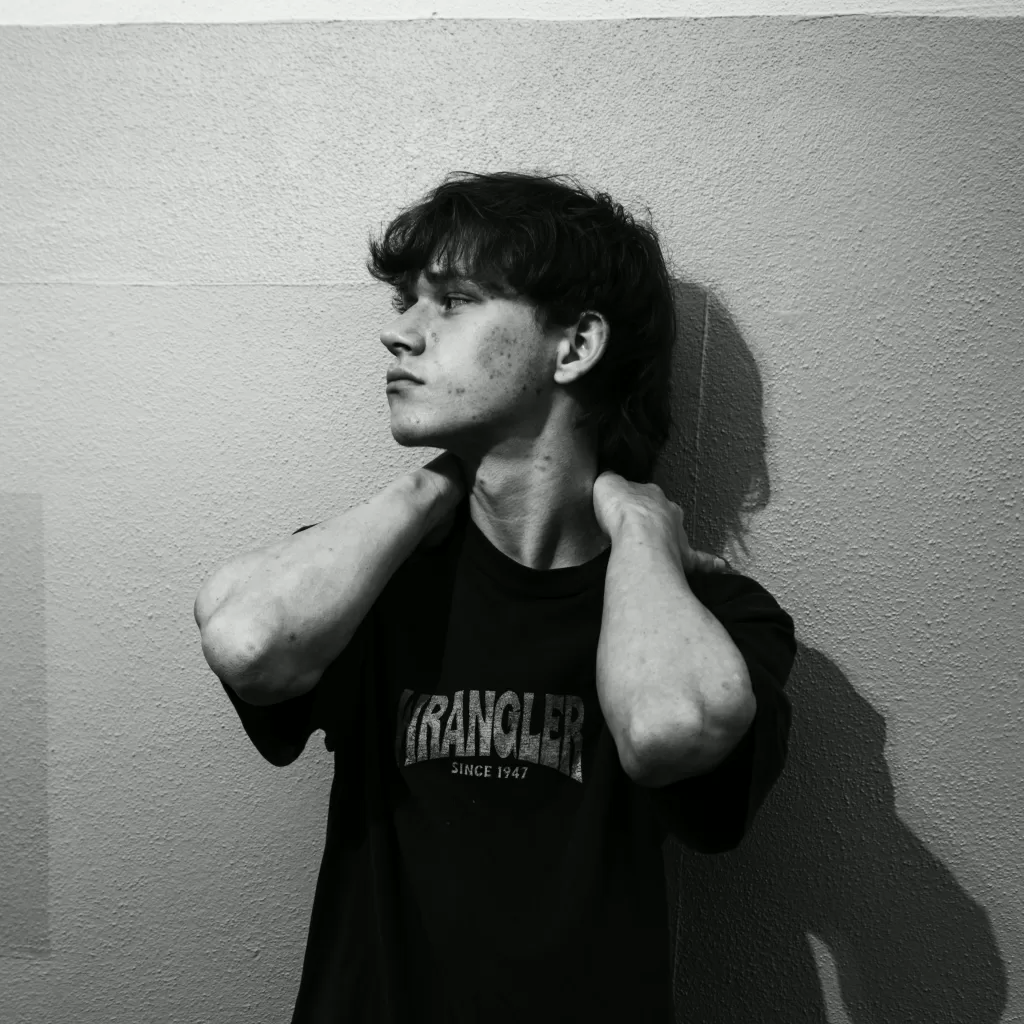
Conclusion
In conclusion, SEO plays a pivotal role in shaping the online presence and success of fashion brands. By implementing a comprehensive SEO strategy encompassing keyword optimisation, content marketing, visual SEO, e-commerce optimisation, social media integration, local SEO, and conversion optimisation, fashion brands can enhance their visibility, engage their audience, drive conversions, and build lasting brand loyalty.
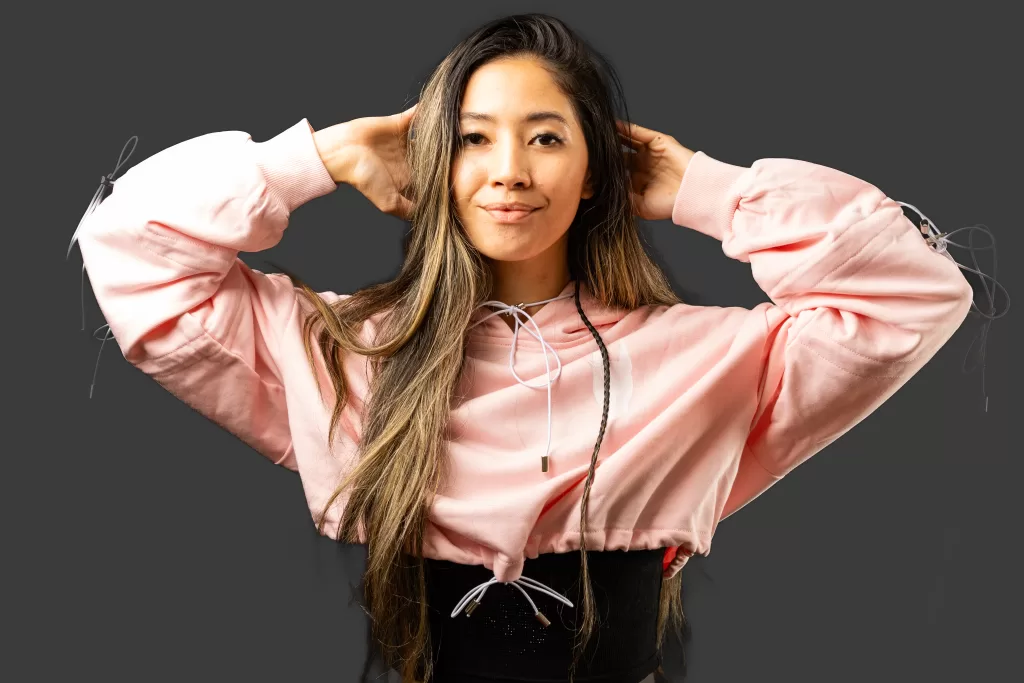
Remember, SEO is an ongoing process that requires continuous monitoring, analysis, and adaptation to evolving trends and algorithms. By staying abreast of industry developments, leveraging data-driven insights, and experimenting with innovative strategies, fashion brands can stay ahead of the competition and thrive in the digital landscape.
By following these guidelines and best practices, fashion brands can unlock the full potential of SEO to achieve their business goals, connect with their audience, and establish themselves as industry leaders in the ever-evolving fashion landscape.
